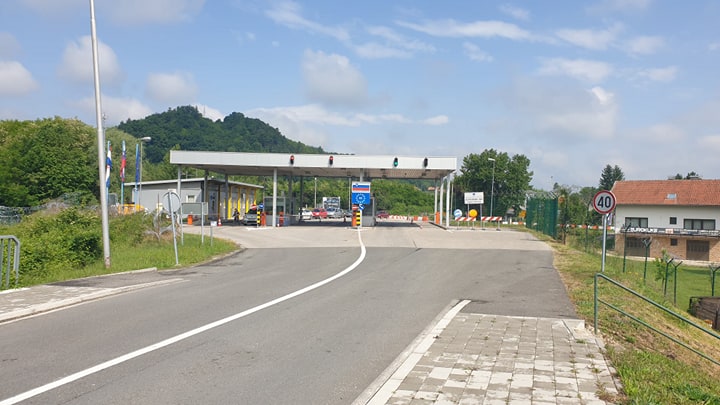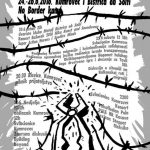October 21, 2023 – The Ministry of Foreign Affairs of the Republic of Slovenia has published detailed instructions on the new Croatia-Slovenia border crossing regime.
As Poslovni writes, the Slovenian Minister of the Interior, Boštjan Poklukar, signed the Decree on regulating the Slovenia-Croatia and Slovenia-Hungary border crossings where crossing the state border for the duration of the temporary control is allowed.
Below is the part of their press release relating to Croatia:
“On Thursday, the Government of the Republic of Slovenia adopted a decree introducing a temporary re-control on the internal borders of Slovenia with Croatia and Hungary on Saturday, October 21, 2023 at midnight (the night from Friday to Saturday), and it will last until October 30 2023.
The temporary reintroduction of border control is a measure proportionate to the established threat. The measures will be implemented in a coordinated manner in cooperation with the police of Italy, Croatia and Hungary.
Croatia-Slovenia Border Crossing
For the internal land border with Croatia, 12 border crossings have been established for international road passenger and freight traffic:
- Sečovlje (Sicciole) – checkpoint,
- Dragonja (Dragogna),
- Sočerga,
- Starod,
- Jelšan,
- Petrina,
- Mettle,
- Circumcision,
- Dobovec,
- Gruškovje,
- Zavrč
- Petišovci.
For the internal land border with Croatia, seven border crossings have been established for international rail traffic:
- Rakitovec,
- Ilirska Bistrica,
- Mettle,
- Dobova,
- Rogatec,
- Središče ob Dravi
- Lentava.
For the internal land border with Croatia only for persons who have the right to free movement according to European Union law, 12 border crossings have been defined for international road passenger and freight traffic:
- Podgorje,
- Babno polje,
- Vinica,
- Slovenska vas,
- Rigonce,
- Orešje
- Bistrica ob Sotli,
- Imeno,
- Rogatec,
- Ormož,
- Središče ob Dravi
- Gibina
Persons who have the right to free movement under the law of the European Union are citizens of the European Union and citizens of Norway, Iceland, Liechtenstein, Switzerland and their family members, regardless of nationality. They are also citizens of third countries and members of their families, regardless of nationality, who, in accordance with the treaties between the Union and its member states, on the one hand, and those third countries, on the other hand, have the right to free movement equal to the free movement of citizens of the Union.
Info for Travellers
Travellers at border crossings must comply with the provisions on eligibility to cross the border at each border crossing, the modified traffic regime, obey the instructions of the police, and submit to border control. When crossing the border, they are required to show a valid border crossing document, so before crossing the border they should check the validity of their travel documents.”









